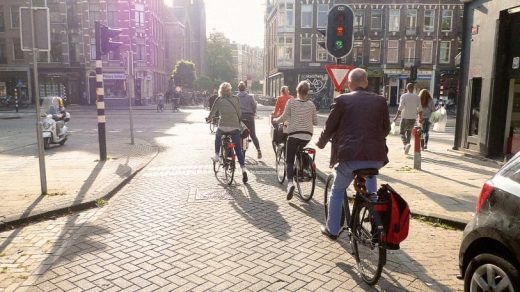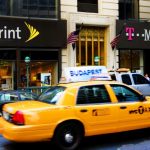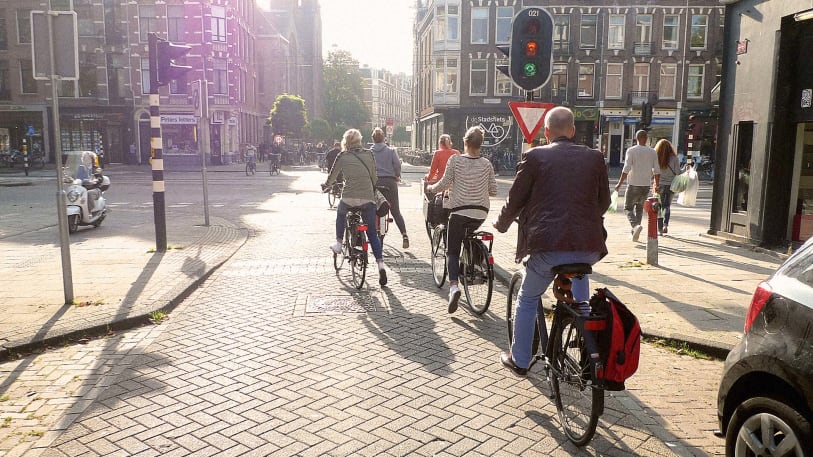This App Lets Your Company Pay You To Bike To Work
If you work at Acato, a digital agency in the Netherlands, your boss will now pay you to ride your bike to work. The company is one of the first to try out a new app designed to track employee commutes and automatically detect when someone is on a bike rather than in a car, and then let the company reward the ones who make the more sustainable choice.
“We want to create healthy employees,” Jose Diaz, cofounder and CEO of ByCycling, the startup that created the app, tells Fast Company. “We know that companies are willing to spend some money to create a healthy lifestyle for their workforce–that way, they can save a lot of money through less sick leave and more productivity.”
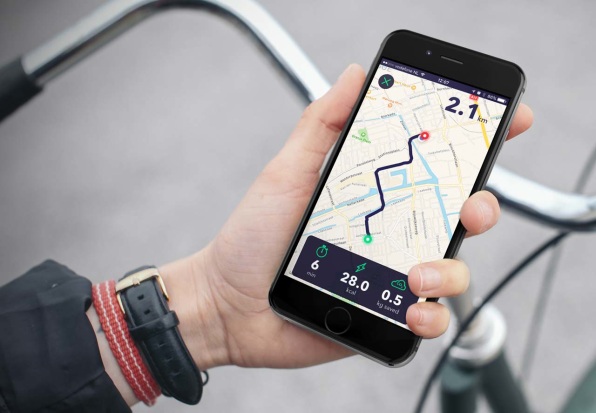
The app uses an algorithm to detect your speed and identify when you’re biking, without requiring you to push a button to track the ride. As it logs the distance you’ve traveled, it creates a leaderboard to promote competition between workers or departments.
“We found that the two best motivators for people to even consider cycling to work are financial incentives and the social aspect of the initiative,” says Diaz. “We found that 70% of the people think that the best incentive for them to ride to work is cash; 72% of people also believe that they do cycling to work initiatives because another colleague encouraged them to do so.”
At the end of a month, an employer can convert miles logged by an employee into cash or extra vacation time. Companies choose their own budgets, but typically pay around 25-30 cents a kilometer. Acato estimates that someone riding to work regularly in its program can earn a little more than $50 a month.
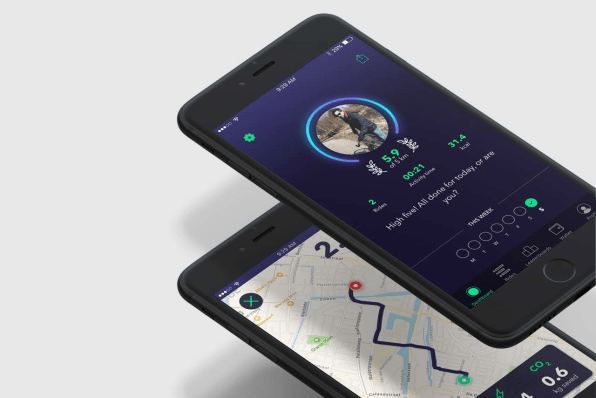
The agency says that many of its employees already cycle to work (it is the Netherlands, after all), but it wanted to test the app both to reward that behavior and encourage others to start riding. Roughly a third of the company’s 45 employees–everyone who has an iPhone, which the app currently requires–are participating. “We do believe that the app and the incentive program behind it helps to change the behavior initially,” says Valentijn de Jong, a managing partner at Acato. “We believe that through this people will notice that cycling is fun and will make them feel better. The latter will, of course, be the main reason in the long term that they will keep on commuting by bike.”
KPN, a large telecommunications company that is also piloting the app, says that the newly launched program is already encouraging non-cyclists to ride. “We have people who normally commute to work by public transport because of the distance–around 15-20 kilometers–but now make to effort to come by bike once a week,” says Alessia Padalino from KPN.
Others have attempted to pay people to bike to work in the past, with varying results. In France, when several companies offered to pay employees roughly 43 cents a mile to ride to work in a six-month trial in 2014, a relatively small number of people participated–roughly 200 people out of more than 8,000 who were eligible.
A cash incentive is likely to work better in a place that already has good bike infrastructure, such as the Netherlands, rather than somewhere with incomplete bike networks, where a cyclist has to navigate through heavy car traffic, says Ralph Buehler, an associate professor in urban affairs and planning at Virginia Tech.
“We just know from many studies that a big part of society is not willing to cycle under those conditions,” he says. “So even if you offer them money at work, only a certain group would be willing to put up with the conditions on some of these roadways.”
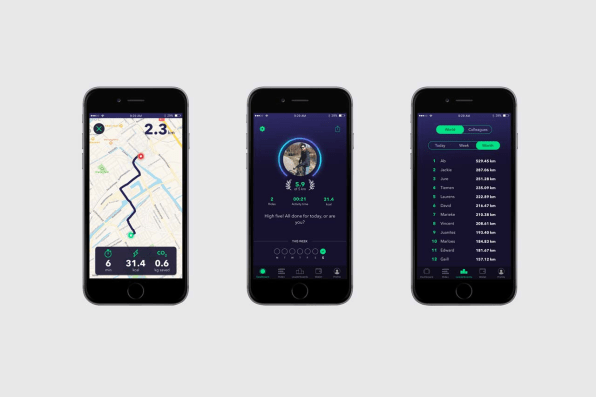
In the U.S., he says, cash for cycling is most likely to be a motivator in cities that have relatively strong bike networks, such as Minneapolis or Portland, Oregon. In Washington, D.C.–where there were just three miles of bike lanes in 2001, and there are now nearly 80 miles–the city council is also now considering a bill that would require employers that offer free parking to offer cash or transit benefits to people who choose not to drive.
A series of studies in Los Angeles found that programs that let employees “cash out” the value of a parking space could reduce the number of commuters who drive alone by 17%. But cash for cycling may work best if companies don’t also still offer free parking as an option. In another study, Buehler looked at the impact of other incentives to ride to work.
“What we found is that the free car parking at work sort of drowns out the effect of these other things,” he says. “On their own, having showers attracts more people to cycle to work. Having lockers and bike parking attracts more people to cycle to work. But when you have free parking at the same time, the effect of the free parking seems to be much stronger than the effect of these other incentive policies.” (The study didn’t look at cash for cycling because it wasn’t an option at the time, but found that free parking had a similar effect on the use of free transit passes.)
For companies that are serious about encouraging employees to bike to work, the first step might be ditching parking passes–and then offering cash for cycling as an extra motivator.
The app is currently available for iOS on the App Store, and will soon be available for Android.
Correction: We’ve updated this article to use the correct name of the app
(40)

